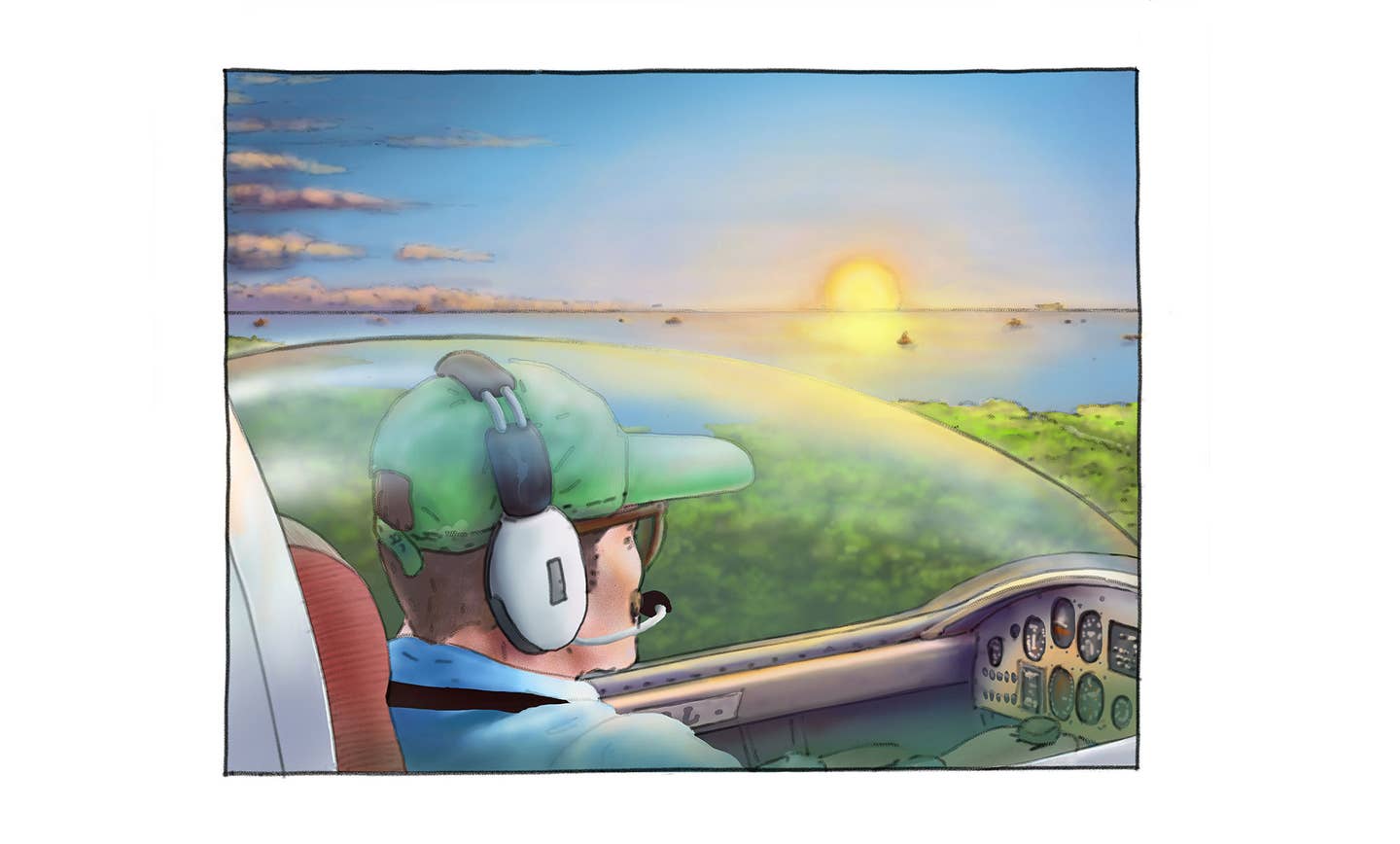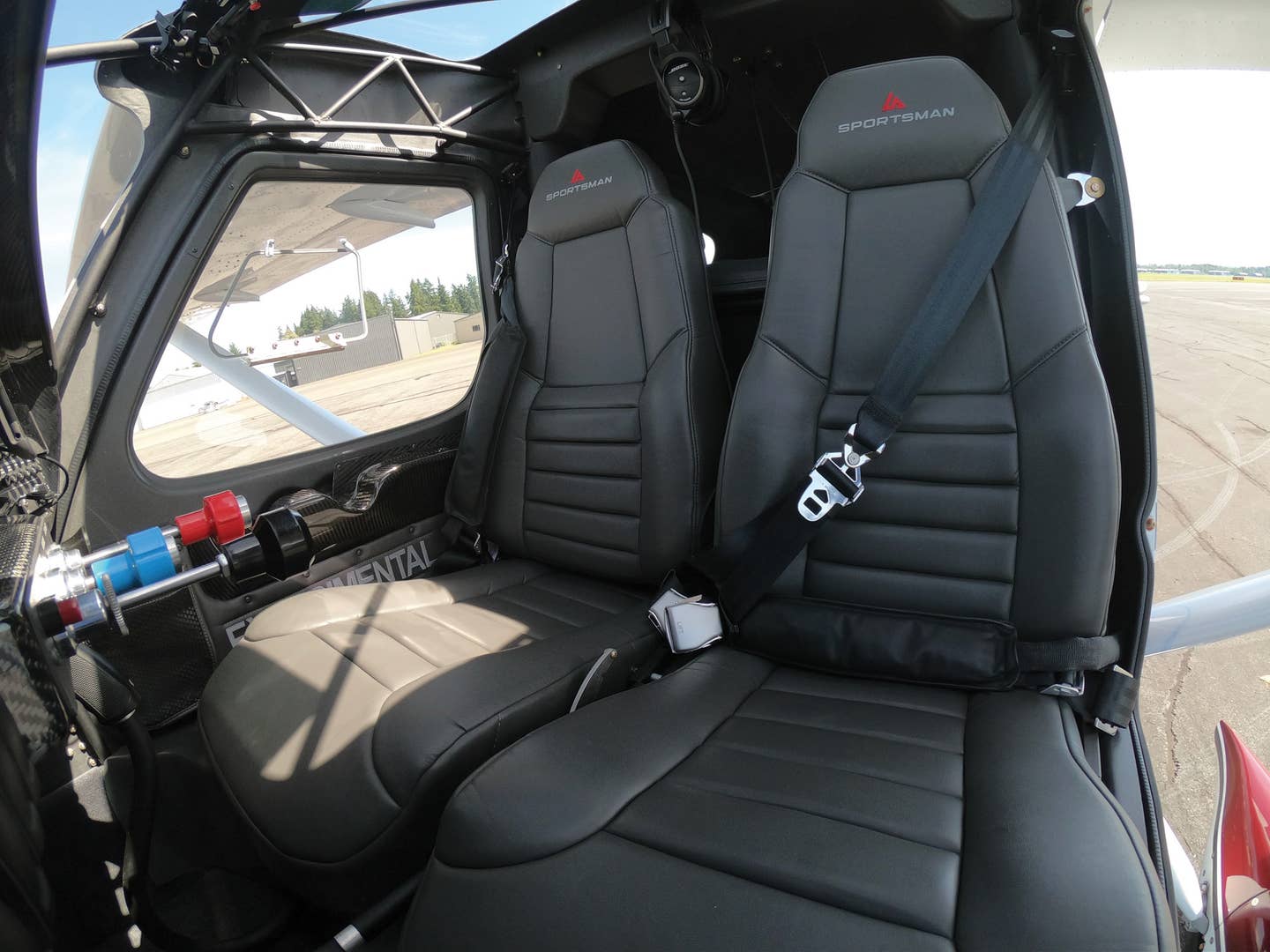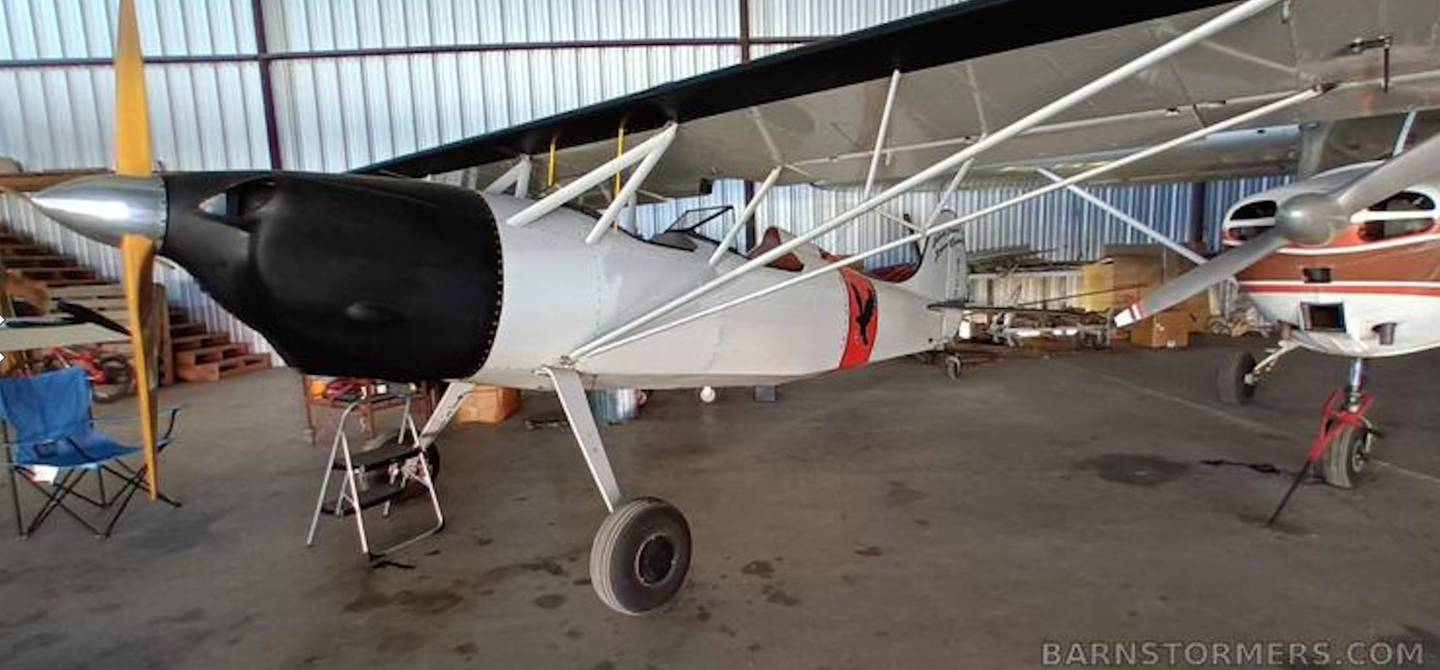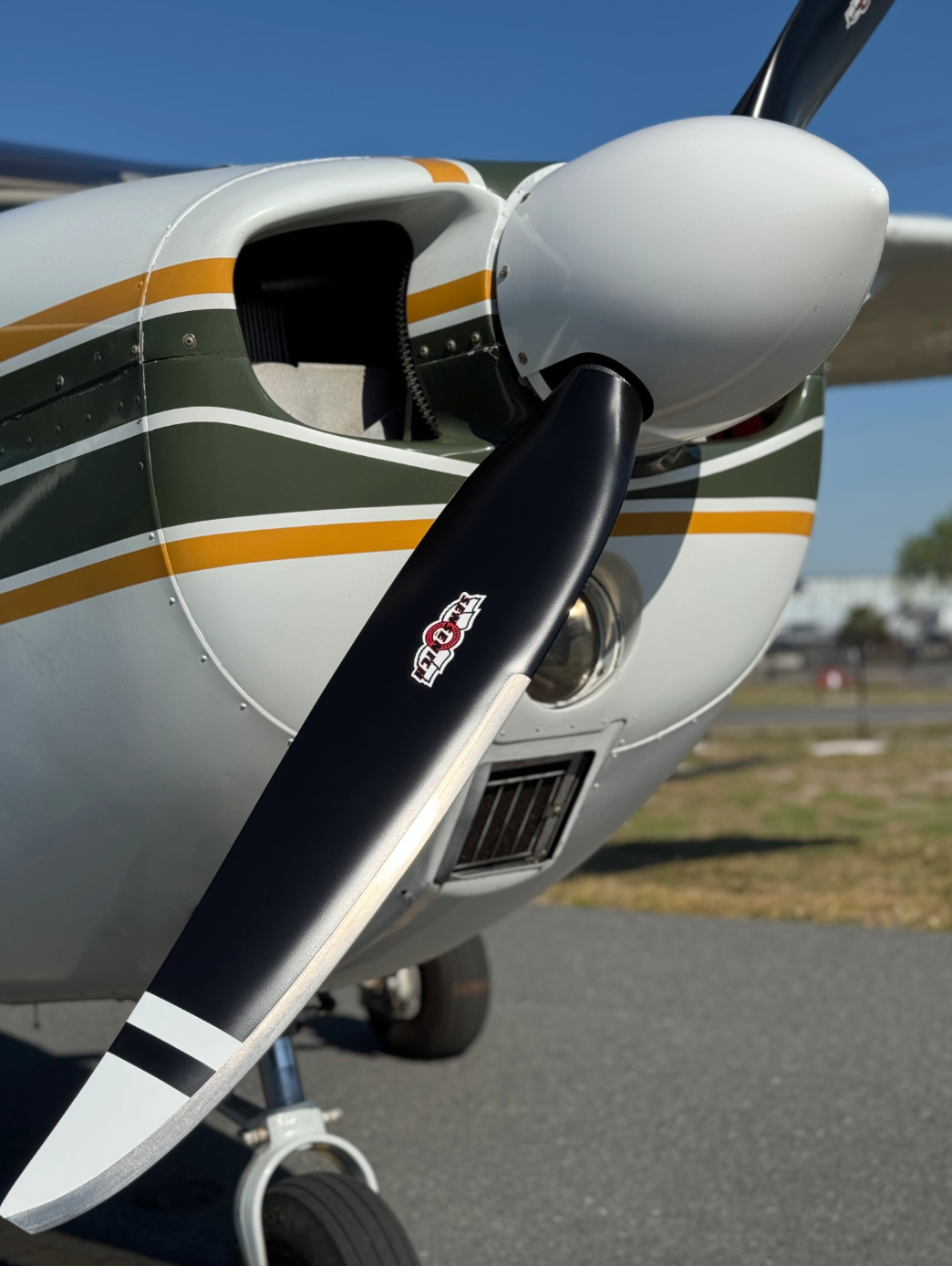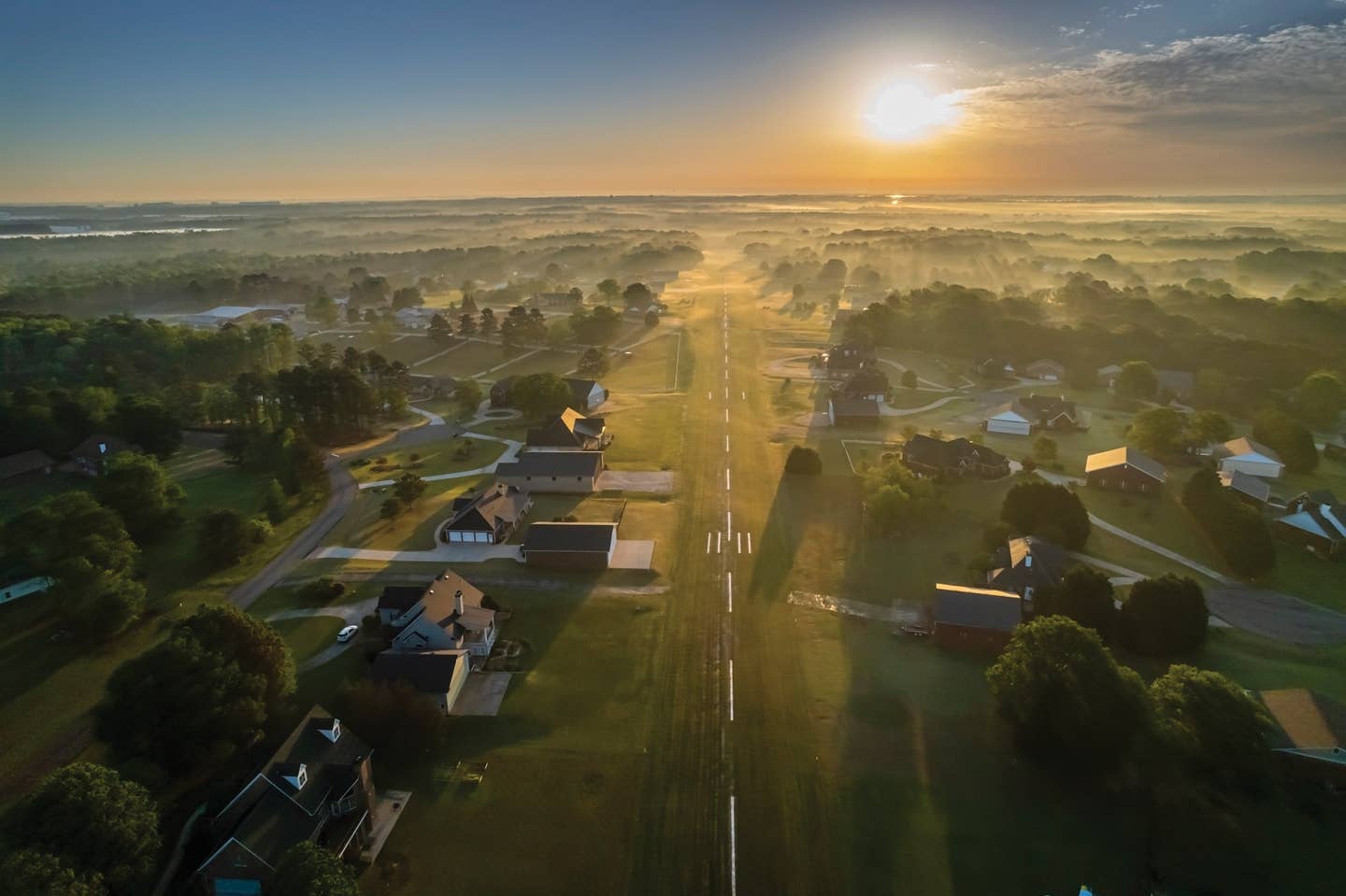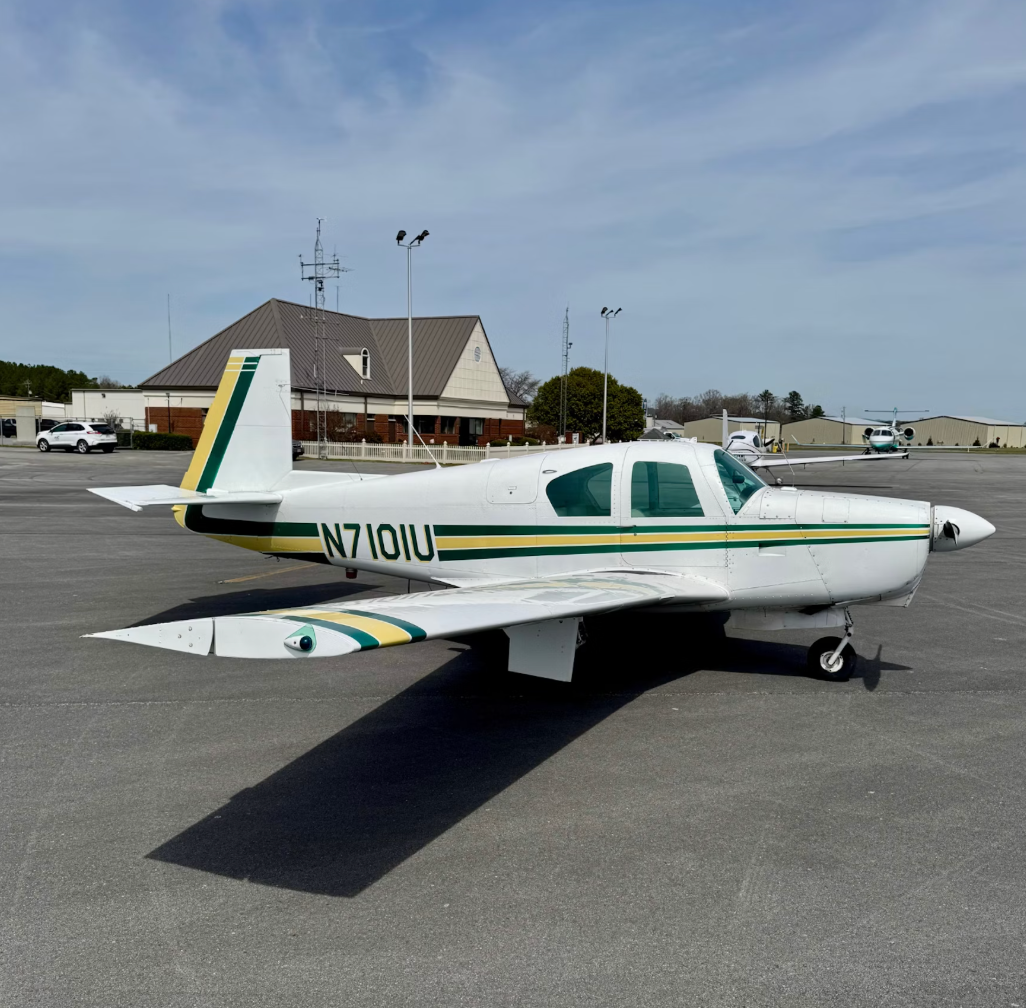THE AGE OF COMPACT AND CHEAP COMPUTERS
If you were a pilot in the mid-to-late 1980s, it was impossible to own a personal computer, or even to be merely aware of the technology, and not wonder how…
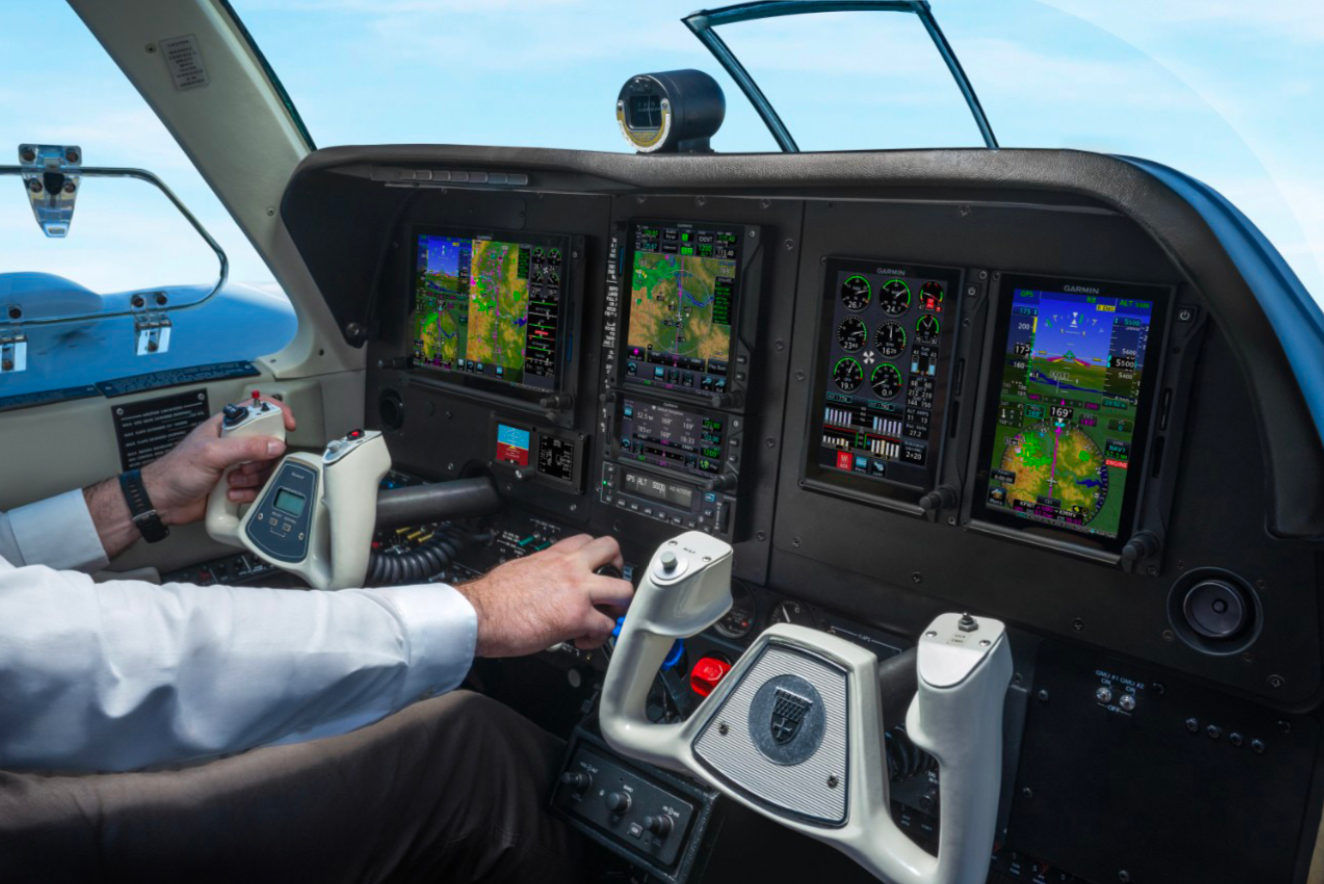
Over the past 25 years, the use of personal computer technology has transformed light aviation.
If you were a pilot in the mid-to-late 1980s, it was impossible to own a personal computer, or even to be merely aware of the technology, and not wonder how these devices might someday affect aviation, as it had already gained a foothold in space flight.
The rise of computer tech into private aircraft was, predictably, at first into commercial and business jets because early digital products---everything from solid-state navigation gear, like inertial guidance nav systems, to CRT displays and autoflight computers---were big, heavy and breathtakingly expensive. So, these products were a better fit in every way for bigger, more expensive aircraft. In fact, it seemed unlikely to many industry observers that such gear would ever find its way into light aircraft.
But as market-savvy economists predicted it would, computer technology became smaller, more powerful, less expensive and more adaptable to different uses. By the 1980s, computerized navigators, like BendixKing's KLN-series Loran and GPS navigators, offered unprecedented capabilities to small-plane pilots, including never-before-seen levels of situational awareness. Before long, moving-map technology, first portable and soon panel-mount, came to light planes. These included products from companies such as II Morrow, Arnav and Lowrance. And in the early 2000s, light planes started getting flat-panel primary flight displays, with Avidyne breaking ground with its Enterra suite in the Cirrus SR-series aircraft and shortly thereafter with Garmin's groundbreaking G1000 glass panel suite, which debuted in Cessna single-engine planes but soon made its way as standard equipment into many dozens of aircraft models.
New digital solutions are constantly coming to the fore, with the FAA even adopting ADS-B, a new nationwide digital radar replacement that offers tremendously accurate aircraft position information, as well as free aviation weather, to anyone with an ADS-B In system installed. On top of that, a whole new breed of computer programs, called apps, made their way into aircraft cockpits around the world, allowing pilots amazingly capable and innovative navigation, flight management, data, weather and planning utilities that live and travel aboard inexpensive, compact and widely commercially available tablet computers.

Subscribe to Our Newsletter
Get the latest Plane & Pilot Magazine stories delivered directly to your inbox

